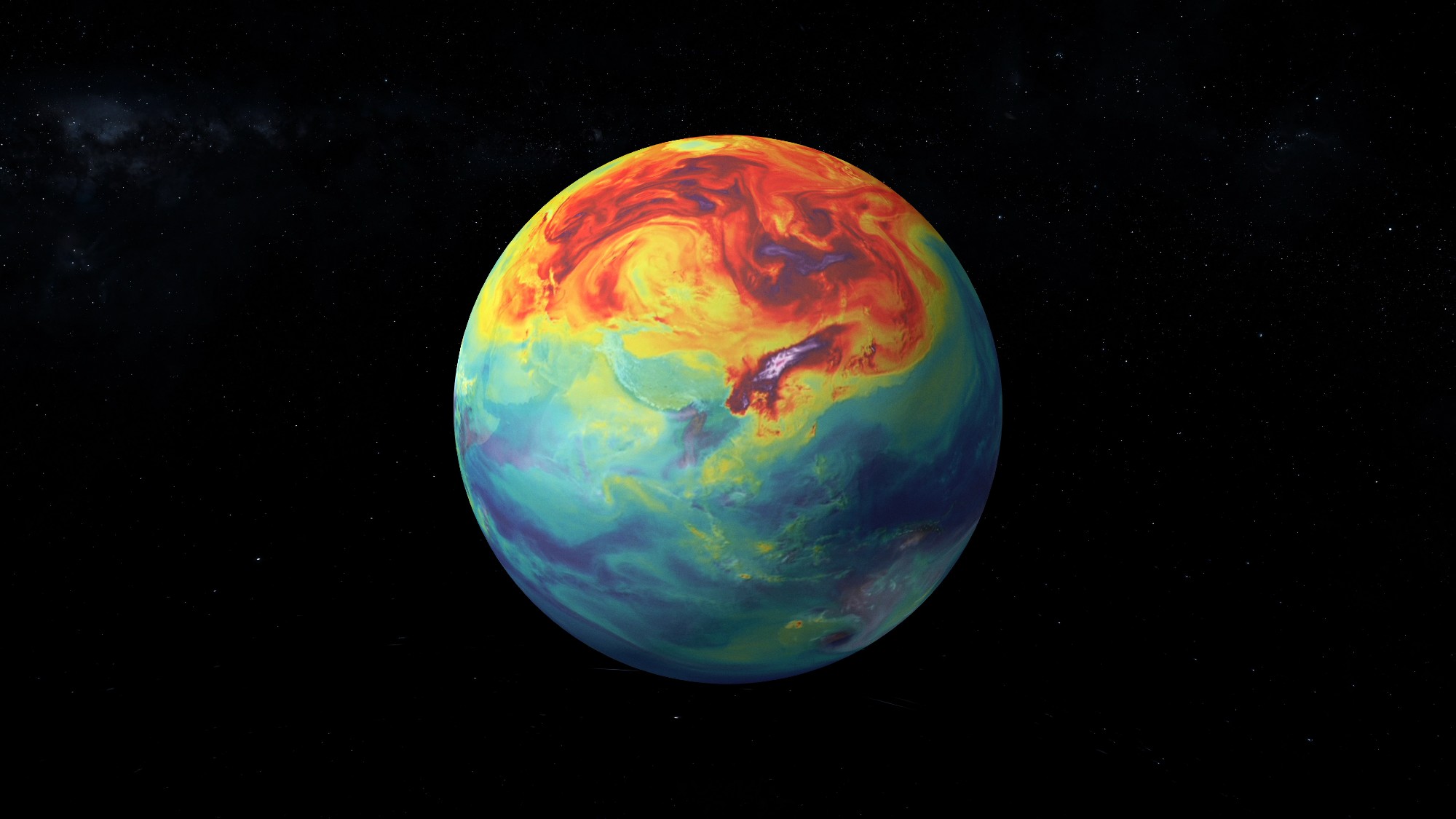La Niña returns for the 3rd consecutive year for the 1st time this century


For the first time this century, the weather phenomenon known as La Niña has returned for the third year in a row. La Niña is likely to bring about more extreme weather across the whole globe.
The weather system is characterized by unusually cold ocean temperatures in the Equatorial Pacific due to winds blowing the warm water on the surface of the Pacific towards Indonesia. This is the opposite of El Niño, which brings unusually warm ocean temperatures to the Equatorial Pacific.
The southwestern U.S. is likely to get drier weather and droughts while the northwestern U.S. is likely to see cooler temperatures as well as heavy rain and flooding, NPR reports. The Gulf Coast could also see a more severe hurricane and cyclone season, which has been evident for the past two years with 21 named storms in 2021 and a record-breaking 30 storms in 2020.
The Week
Escape your echo chamber. Get the facts behind the news, plus analysis from multiple perspectives.

Sign up for The Week's Free Newsletters
From our morning news briefing to a weekly Good News Newsletter, get the best of The Week delivered directly to your inbox.
From our morning news briefing to a weekly Good News Newsletter, get the best of The Week delivered directly to your inbox.
Usually, El Niño and La Niña events occur every two to seven years, typically lasting nine to 12 months, with El Niño occurring more often. Climate change is a large contributor to rising global temperatures and more extreme weather events, including La Niña.
World Meteorological Organization Secretary-General Petteri Taalas said in a statement, "It is exceptional to have three consecutive years with a La Niña event."
A free daily email with the biggest news stories of the day – and the best features from TheWeek.com
Devika Rao has worked as a staff writer at The Week since 2022, covering science, the environment, climate and business. She previously worked as a policy associate for a nonprofit organization advocating for environmental action from a business perspective.
-
 Political cartoons for January 6
Political cartoons for January 6Cartoons Tuesday’s political cartoons include wrongful deportation, a monster under the surface, and more
-
 Why don’t humans hibernate?
Why don’t humans hibernate?The Explainer The prospect of deep space travel is reigniting interest in the possibility of human hibernation
-
 Would Europe defend Greenland from US aggression?
Would Europe defend Greenland from US aggression?Today’s Big Question ‘Mildness’ of EU pushback against Trump provocation ‘illustrates the bind Europe finds itself in’
-
 How climate change is affecting Christmas
How climate change is affecting ChristmasThe Explainer There may be a slim chance of future white Christmases
-
 5 recent breakthroughs in biology
5 recent breakthroughs in biologyIn depth From ancient bacteria, to modern cures, to future research
-
 Blue Origin launches Mars probes in NASA debut
Blue Origin launches Mars probes in NASA debutSpeed Read The New Glenn rocket is carrying small twin spacecraft toward Mars as part of NASA’s Escapade mission
-
 Why scientists are attempting nuclear fusion
Why scientists are attempting nuclear fusionThe Explainer Harnessing the reaction that powers the stars could offer a potentially unlimited source of carbon-free energy, and the race is hotting up
-
 Dinosaurs were thriving before asteroid, study finds
Dinosaurs were thriving before asteroid, study findsSpeed Read The dinosaurs would not have gone extinct if not for the asteroid
-
 Canyons under the Antarctic have deep impacts
Canyons under the Antarctic have deep impactsUnder the radar Submarine canyons could be affecting the climate more than previously thought
-
 SpaceX breaks Starship losing streak in 10th test
SpaceX breaks Starship losing streak in 10th testspeed read The Starship rocket's test flight was largely successful, deploying eight dummy satellites during its hour in space
-
 NASA is moving away from tracking climate change
NASA is moving away from tracking climate changeThe Explainer Climate missions could be going dark
